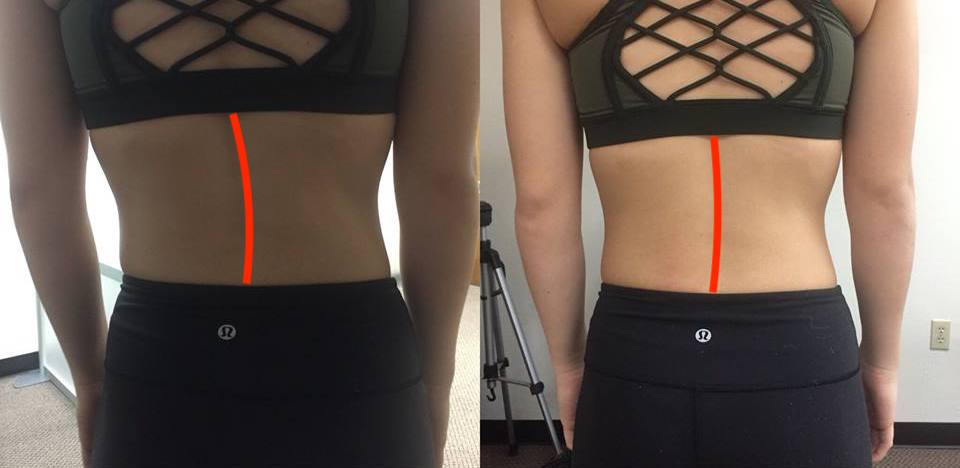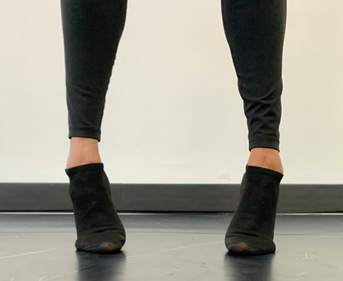Dance Well, Live Well
Wellness blog for dance medicine, holistic health, and more
Repost from May 2021
Can you fix this?

Let's talk about postures!!!
Why??? Because the majority of them can be fixed when you understand the type and the cause. Knowing those factors make it easier to create a plan to resolve them and improve performance.
But first, let's lay the groundwork by defining what posture means, at least the AZ Dance Med definition : )
To us, posture is the position a body holds to complete a given task. We don't really define postures as "good" or "bad" as many do, instead we describe them based on their purpose, and all postures have a purpose. We further describe postures in 3 ways: funcional, technical, and structural. Defining postures this way can give insight on how to resolve them and achieve your desired goal.
Functional postures are held by the body to improve a given functional performance, you just have to understand the performance need that is creating the posture. Consider the picture below of one of our clients. On the left, you see her natural resting posture. Some may say she's "knock kneed." Others may say her ankles are pronated, or rolling in. Both of these would be right, and if you look at her legs in their entirety, you can get a sense of both legs pulling inward. But in the same session, she was able to achieve a more neutral posture.
Why?
Because her resting posture is functional. What is the performance that posture is improving? It's a compensation for lower core instability. Lower core muscles weren't firing properly, so to produce the stability needed for standing activities, her body chose to tighten up the joints of the leg. Hips and knees have increased stability when turned slightly inward. Surface area along the floor increases when ankles are rolled in, which provide additional stability.
In this case, improving lower core stability allowed her to improve her lower leg posture. This can be said of most functional postures. It should also be said that in many cases the function that is causing the unwanted posture isn't always muscular. Things like poor digestion, constipation, infection, and dehydration can also create functional postures.
DancemedPRO® tip: The top 2 functional postures that dance educators tend to overlook are over arched backs and scoliosis. In nearly every case, these are functional postures due to digestive issues.

So what does this mean for you and your dancers?
This means there's a greater opportunity to resolve the faulty posture and improve performance! Tight hips and decreased turnout may not be "because your hips are made that way". Pronated feet aren't a curse and something to keep dancers from excelling in performance. Rolled shoulders and arched backs can likely be improved. You just need to understand what type of posture you're dealing with and a framework for selecting some exercises or activities that may help reduce the unwanted posture. : )
If you're looking for more training to help your dancers improve their postures email us at info@azdancemed.com so we can chat and help you and your dancers achieve their movement goals!!!
As always, know that we can help and we are here for you.
Our mission is to help everyone who reaches out to us live their most amazing life.
But we can't help, if you don't let us know you need us. We look forward to hearing from you soon.
Not a dancer? No problem. We can help you too. Click HERE.
AZ Dance Medicine Specialists
info@azdancemed.com | 602.730.4159